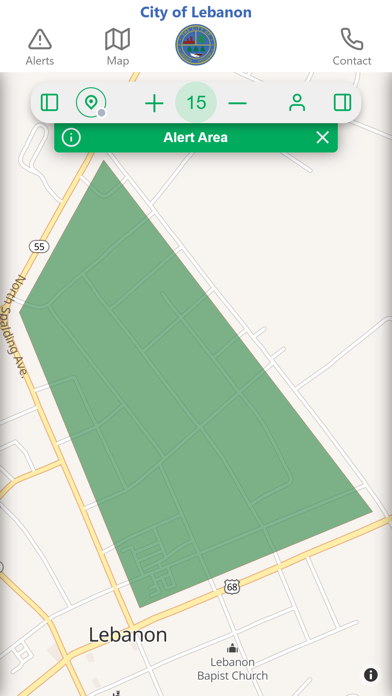
Interactive app for keeping our community updated with current advisories and providing a companion map for viewing affected areas.
In the 1860s, Lebanon was a crucial location on the L&N Railroad and the scene of considerable Civil War activity. It served as a recruiting center, a hospital center, headquarters for the Union Army and headquarters for the Confederate Army.
Lebanon, the county seat, was incorporated as a city on January 28, 1815, and because of its superior style and beauty, elegant homes and flourishing businesses, it had the reputation of being Kentuckys Philadelphia and was considered for the site of the state capitol.
During the Civil War, General John Hunt Morgans Raiders descended on Lebanon, and after Morgans brother, Tom, was killed during a battle, the raiders burned much of the town in retribution. Even though twenty buildings were destroyed in the attack, Lebanon recovered, and more recently the downtown historic district was placed on the National Register of Historic Places. Also, our Historic Homes and Landmarks Tour is part of the Kentuckys Civil War Heritage Trail and includes twenty-four listings.
On the Civil War Discovery Trail, three landmarks stand out. The Commissary Building, which is the old Sunnyside Dispensary Building, was in place during the Civil War and supplied dry goods and food stuffs to the Union Garrison here. The Shuck building, which is now Hennings Restaurant, was the office of General George H. Thomas, when he gathered an army of several thousand to go to Mill Springs to defend the Cumberland Valley. Myrtledene Bed and Breakfast was where General John Hunt Morgan rode his horse in the house and started up the stairs. General Morgan used the property as his headquarters while he was in Lebanon.
On the southern limits of Lebanon is the National Cemetery, where many of the Union Soldiers who fell in the 1862 Battle of Perryville were laid to rest. The cemetery is the site of many military funerals and hosts annual Memorial Day celebrations.
Many of Lebanons brick homes date from the ante-bellum period, including Hollyhill, where Confederate General John Hunt Morgans brother was interred until wars end after being mortally wounded during the 1863 Battle of Lebanon, and Myrtledene Bed and Breakfast, where the footprint of Morgans horse is said to be imprinted on the front stairway. Much of Lebanons downtown business district was recently placed on the National Historic Register.
About 12 miles away is Saint Charles, where Belgian priest Charles Nerinckx and three Kentucky frontier women founded the Sisters of Loretto, the first native American order of Roman Catholic nuns, in 1812. A dozen years later the order moved its headquarters to Saint Stephens farm, now called Nerinx, where Stephen Badin, first priest ordained in the United States, had centered the missionary activity which earned for him the title "Apostle of Kentucky".
In the 19th century, Lebanon was one of the stops along the National Turnpike from Maysville to Nashville, and Henry Clay and Andrew Jackson met here long before the Civil War.
Today Lebanon is a growing and increasingly industrialized community, but it maintains a reputation for heritage and hospitality.


